Standing at the edge of a molten lava field in Iceland, the heat radiating through thick-soled boots is enough to remind even the most seasoned traveler that this is no ordinary adventure. Guided by veteran volcanologists, small groups of intrepid explorers are now venturing into active volcanic zones—a trend that raises both fascination and valid concerns. How safe is it to walk across terrain where the earth’s crust is still forming, and what unseen risks might lurk beneath those mesmerizing rivers of fire?
The concept of lava tourism isn’t new in Iceland, a land sculpted by eruptions. But the recent resurgence of volcanic activity has intensified public curiosity. Expeditions led by scientists promise an educational experience, combining raw geological spectacle with expert oversight. These guides don’t just navigate paths; they decode the volcano’s behavior—its tremors, gas emissions, and the viscosity of flowing lava—all critical factors in assessing real-time danger. "What looks stable can collapse in minutes," one researcher warns, recalling an incident where a seemingly solid crust gave way to incandescent magma below.
Safety protocols are exhaustive, at least on paper. Participants wear heat-resistant suits, gas masks, and carry emergency transponders. Routes are meticulously scouted in advance, with escape plans for sudden fissures or explosive gas bursts. Yet, the wilderness of lava fields remains untamable. In 2022, a tourist group narrowly avoided disaster when an unmarked vent erupted mere meters from their trail. Critics argue that no amount of gear can mitigate the unpredictability of live geology. "You’re essentially walking on a geological time bomb," says a Reykjavík-based emergency responder. "The margin for error is zero."
Beyond physical hazards, invisible threats like sulfur dioxide pose a stealthier risk. Concentrations can spike without visible warning, overwhelming gas detectors and human lungs alike. Volcanologists monitor these levels obsessively during tours, but shifting winds can turn a safe zone lethal in seconds. Stories circulate of guides ordering abrupt evacuations when monitors screech alarms—an adrenaline-pumping reality check for those lulled by the lava’s hypnotic glow.
Ethical questions also simmer beneath the surface. Should actively erupting sites be commercialized, even under academic supervision? Some scientists worry that thrill-seeking overshadows education, normalizing proximity to deadly forces. Others counter that these tours fund critical research while fostering public appreciation for planetary forces. "It’s about respect, not recreation," insists a guide who limits groups to six people. "If someone just wants a selfie, we turn them away."
The Icelandic Meteorological Office maintains a delicate balance, issuing permits while emphasizing that "safe" is a relative term near magma. Their collaboration with guides includes real-time seismic data sharing, yet officials concede that nature writes its own rules. After the 2021 Geldingadalir eruption, one scientist’s sobering remark went viral: "We don’t control the volcano. We survive it."
For now, demand outpaces caution. Waiting lists for scientific-led tours stretch months, fueled by social media’s appetite for otherworldly imagery. Perhaps that’s the greatest irony: our ancient fear of volcanoes now eclipsed by a compulsion to witness their beauty—preferably from what we hope is a safe enough distance.

By Megan Clark/Apr 11, 2025
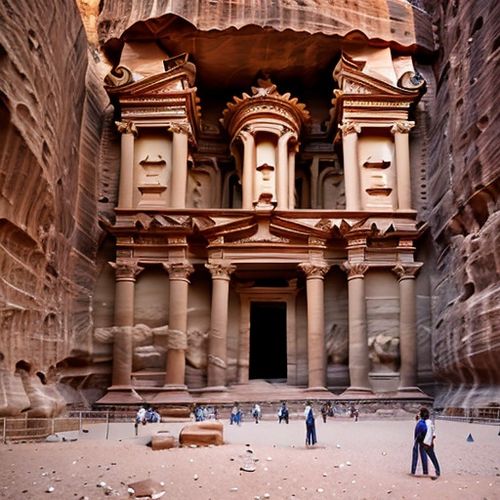
By John Smith/Apr 11, 2025
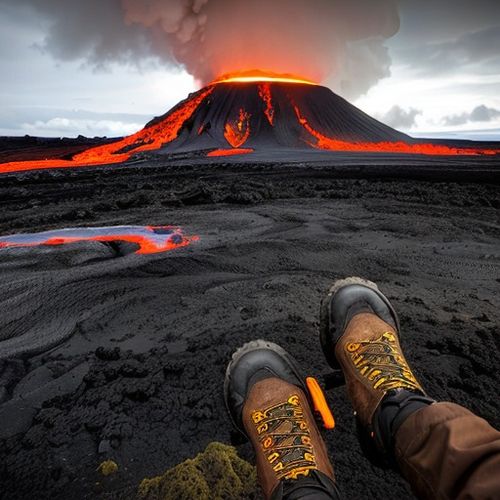
By James Moore/Apr 11, 2025
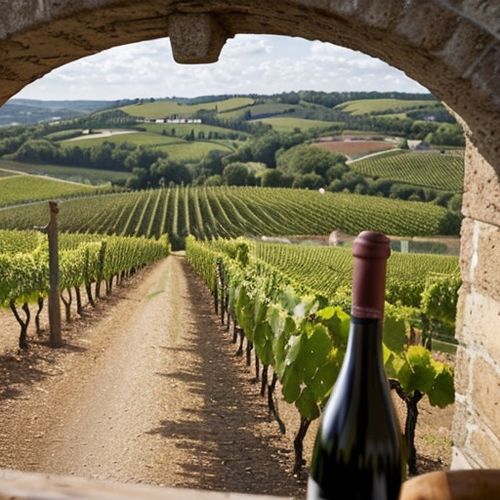
By Victoria Gonzalez/Apr 11, 2025
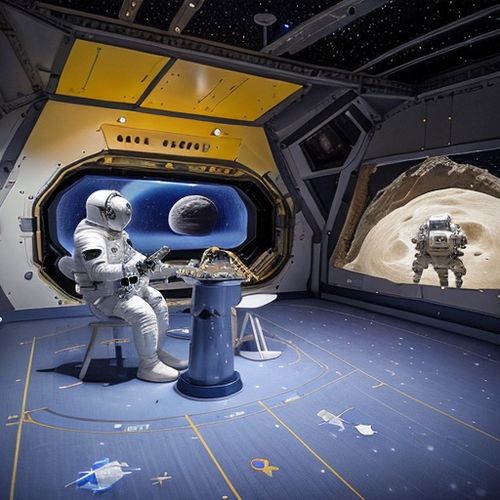
By John Smith/Apr 11, 2025

By Rebecca Stewart/Apr 11, 2025
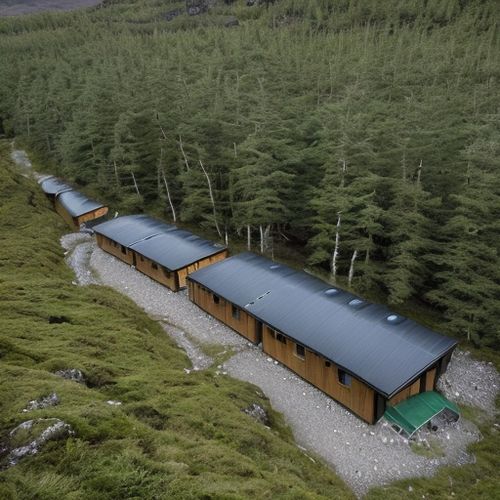
By Megan Clark/Apr 11, 2025
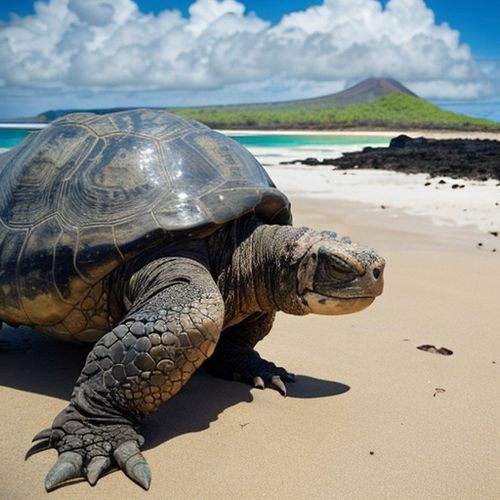
By John Smith/Apr 11, 2025
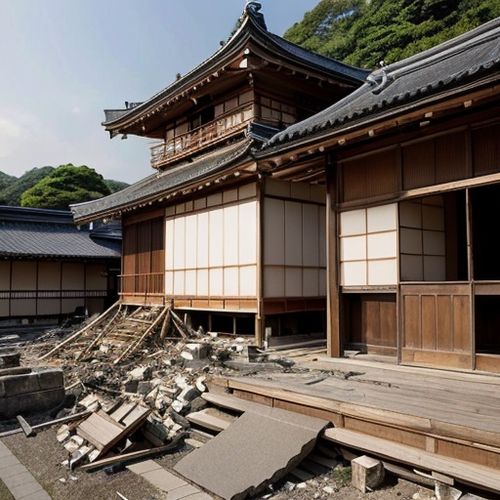
By Ryan Martin/Apr 11, 2025
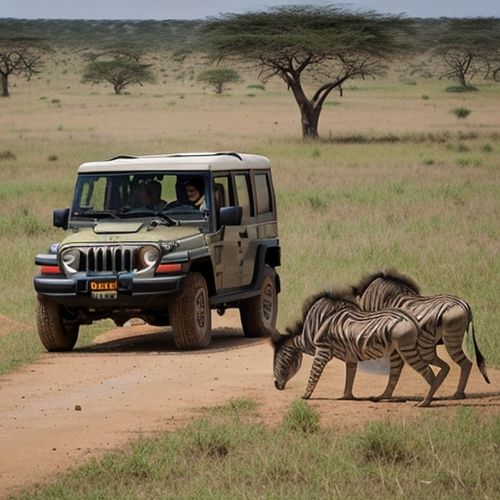
By Samuel Cooper/Apr 11, 2025
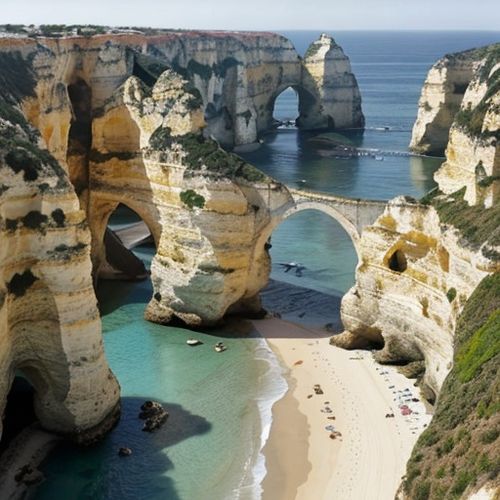
By Emily Johnson/Apr 11, 2025
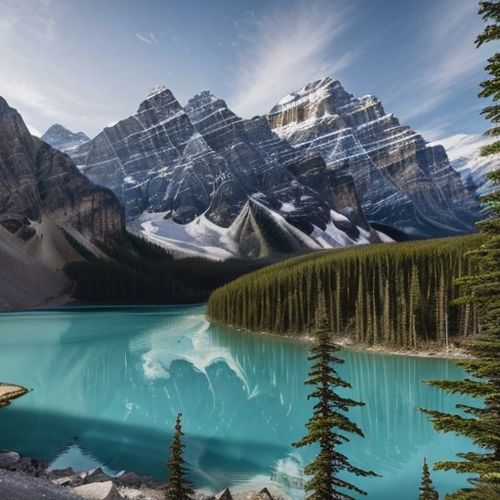
By James Moore/Apr 11, 2025
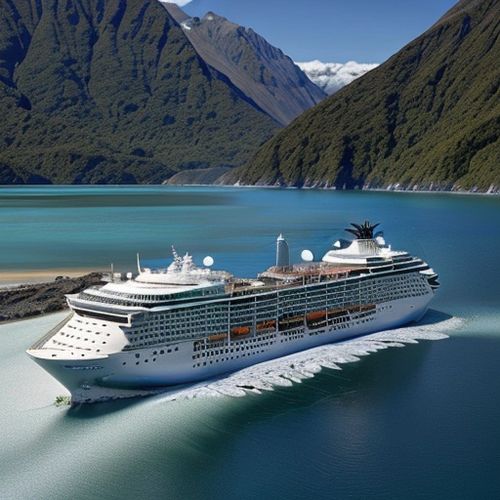
By David Anderson/Apr 11, 2025
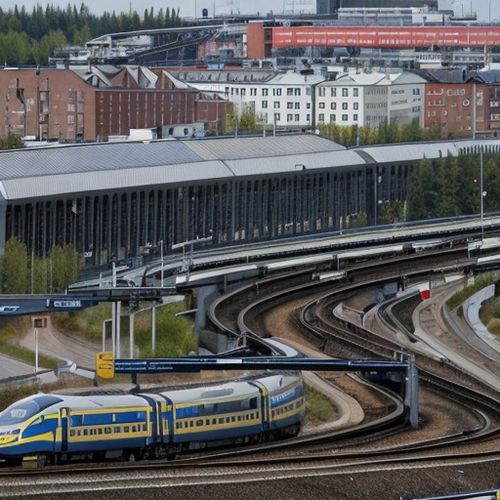
By Ryan Martin/Apr 11, 2025
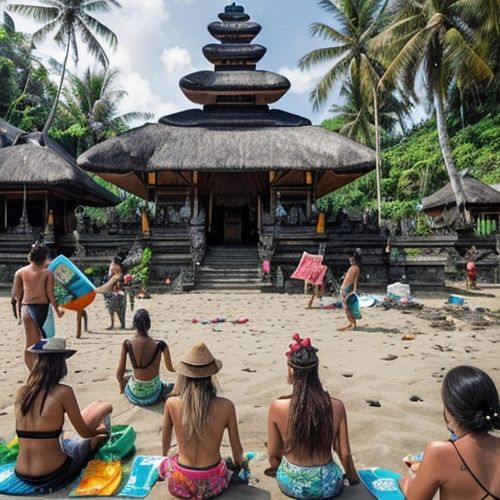
By William Miller/Apr 11, 2025
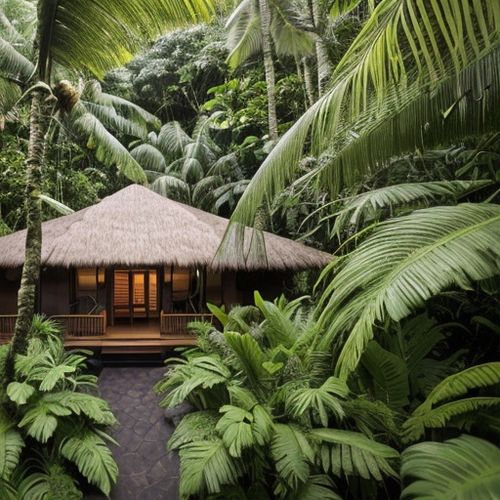
By George Bailey/Apr 11, 2025
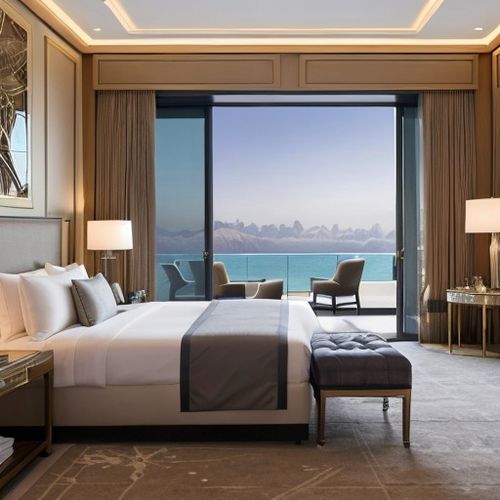
By Daniel Scott/Apr 11, 2025
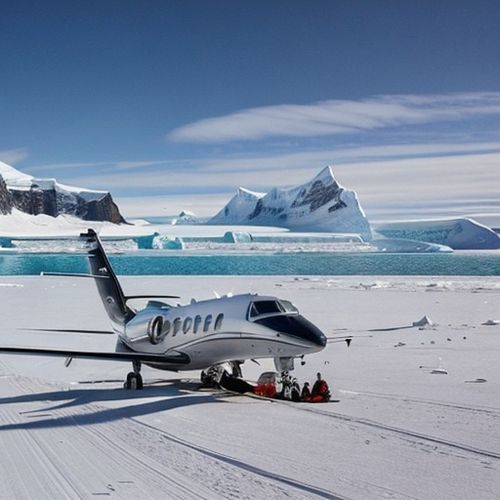
By Sophia Lewis/Apr 11, 2025
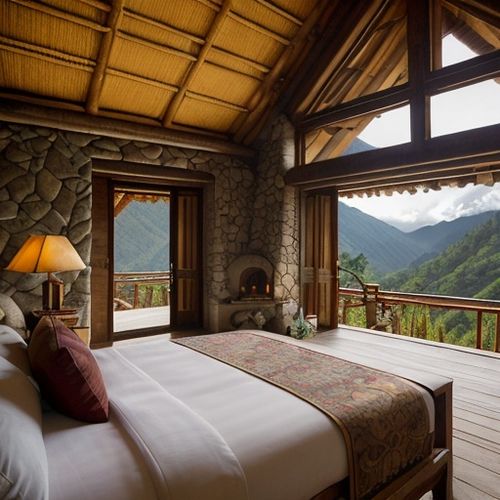
By Megan Clark/Apr 11, 2025
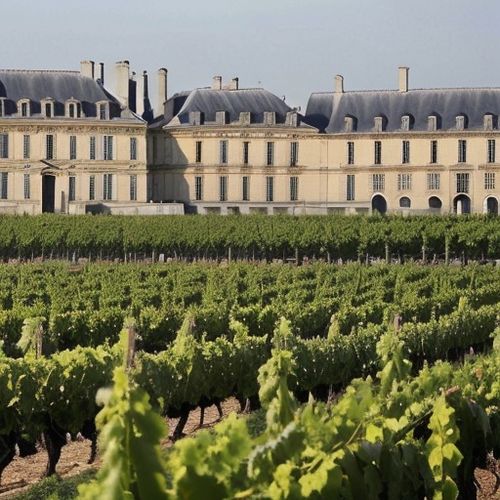
By David Anderson/Apr 11, 2025